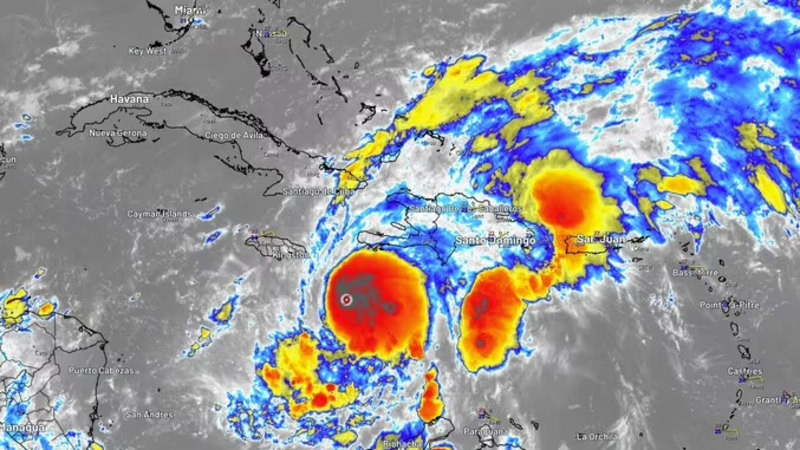ARTICLE AD BOX
A POPULAR tourist hotspot has been placed on high alert for sharks after the beasts were seen swarming around its coastline.
Warning flags have been raised after an urgent jet ski patrol found sharks lurking just 200m from the shore.
 Getty
Getty Getty
Getty Hammerheads seen prowling near a beach in Gran Canaria last summer
Hammerheads seen prowling near a beach in Gran Canaria last summerThe beasts were spotted off the coast of Fuerteventura, one of the Canary Islands, a sandy paradise popular with British holidaymakers.
Now just weeks away from the Easter holidays, continuous patrols are being sent out to scan the coastline for prowling hammerhead sharks.
Officials initially hoisted a red flag, warning people to completely avoid the water at the Playa Blanca beach in Las Palmas.
They later downgraded it to a yellow flag, but this only means people can paddle with caution if they stay close to the beach.
Not far away, off the coast of Gran Canaria, hammerheads were spotted mere feet away from the shore in September last year.
Lifeguards were forced to hoist an incredibly rare purple flag warning after the sighting.
It signals a danger to swimmers from animals like jellyfish or sharks.
Lurking so close to shore could be quite unusual behaviour for the hammerhead sharks, who are usually shy and avoid getting too close to humans.
Most of them tend to feed on stingrays, other sharks, fish, squid and bottom dwellers like small crustaceans.
Attacks from sharks across the Canary Islands – which include Gran Canaria and Fuerteventura – are extremely rare and there is less than one, on average, every year.
Other nearby islands are also popular with Brit tourists, like Tenerife, Lanzarote and La Palma.
The patrols out in force in Fuerteventura today will be checking to see if the sharks have moved to another area of the ocean – possibly closer to the other island hotspots, Canarian Weekly reports.
Last year, trained divers and swimmers were able to scare off one hammerhead who was swimming dangerously close to bathers near Las Canteras in Gran Canaria.
But over the summer, an entire beach was closed on the island after a different sighting.
A pair of hammerheads were seen lurking off Patalavaca Beach, so close images captured the distinctive outline of their bodies in the shallow water.
They brazenly swum right past the cameraman before lifeguards cleared the water.
Local authorities were forced to raise a red flag alert.
Hammerhead sharks

HAMMERHEAD sharks, with their distinctive shaped heads, can grow up to 18ft long.
They are impressive ocean predators, feeding mostly on stingrays, other sharks and even some of their own.
It’s eyes, on the outer edges of the hammer, gives a vertical 360 degree view meaning the shark is able to see above and below quite easily.
Their unique shapes ultimately gives them better visual range than most other sharks which makes them much more dangerous and effective in their hunting.
The hammer acts as an organ of balance, but its body is designed like other sharks to twist and bend.
Fully grown, they can weigh as much as 600lbs.
And they can live for as many as 25 to 35 years.
There have been 17 documented unprovoked attacks by Hammerhead sharks on humans.
None of them have died.
They typically life in warmer, tropical waters and can lurk inshore or far out to sea.
.png)
 1 year ago
10
1 year ago
10








 English (US)
English (US)